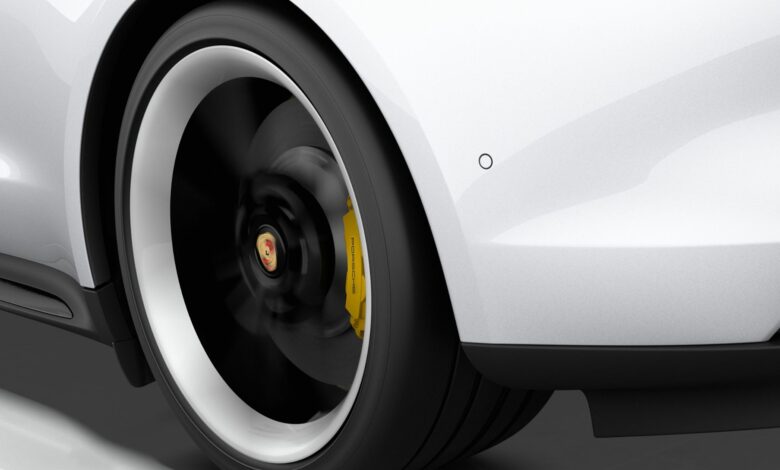
Electric drive and sports cars don’t go together? With the Porsche Taycan, the Stuttgart-based luxury car manufacturer could prove otherwise. But with a top speed of 260 km/h in the top model, the e-sports car is not only extremely fast and should also be able to serve as a possible energy storage unit in the future. On top of that, it scores with impressive recuperation, which ensures high energy efficiency. The e-car is said to be able to return an impressive 290 kW to its battery during braking.
Electric cars rely on recuperation
Anyone who has ever driven an electric car will notice some differences from the combustion engine. There is not only the quiet driving behavior, which is due to the far quieter electric drive. On top of that, electric cars accelerate much faster than models with combustion engines, which is due to the much shorter gear ratio. But electric cars also offer a feature that is completely unknown to drivers of an internal combustion engine – recuperation.
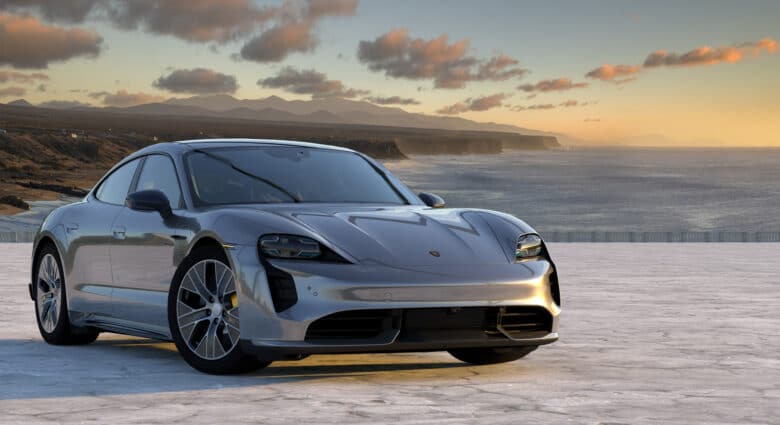
While a combustion car rolls out when you take your foot off the gas pedal, electric cars always slow down a bit in these instances. This isn’t to make sure you don’t rear-end your car in front too hard. Instead, this is a sophisticated means of not wasting energy. Just like a classic dynamo, recuperation unceremoniously captures energy from the rolling wheels and feeds it back into the battery.
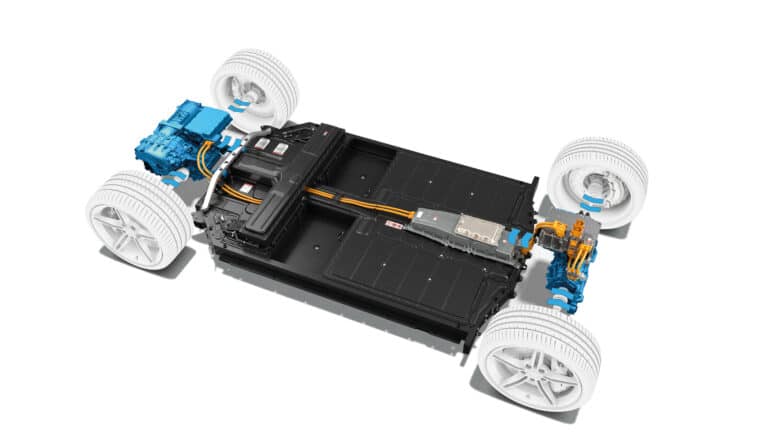
This ensures that the battery lasts as long as possible. Although pretty much every electric car relies on recuperation, there are sometimes significant differences depending on the model. As it now turns out, the Porsche Taycan is at the forefront of the “regenerative braking” discipline, but relies on a different concept. The company has now explained this a bit on its website.
Porsche swims against the tide
In the vast majority of electric cars, manufacturers rely on what is known as one-pedal driving. The name is no accident. The vehicle brakes automatically whenever you take your foot off the gas pedal. This means that in the vast majority of situations you don’t really need a brake pedal, but can just drive by pressing and releasing the gas pedal. Porsche, however, decided not to rely on driving with just one pedal in its Taycan. Instead, they opted for classic braking using the brake pedal. In the view of Ingo Albers, Head of Chassis at Porsche’s Weissach Development Center, this was the only correct decision. After all, most people got their driver’s license without an electric car. In the end, he says, they learned to drive with at least two pedals.
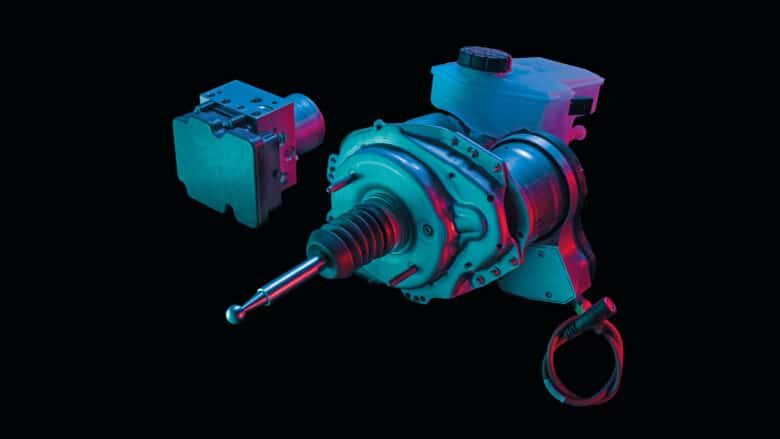
On top of that, the chassis expert emphasizes that only by applying the brake pedal is reliable support from safety systems such as ABS and PSM guaranteed. As Porsche’s now published details show, the in-house recuperation system has decisive advantages. After all, it is supposed to be extremely powerful. Albers explains that the accelerator pedal in the Taycan plays only a minor role in recuperation. Instead, it is said to result in a kind of gliding on faster stretches of road, such as the highway or country road. Much more important is the actual braking process, which provides up to 290 kW of recuperation in the Taycan – an impressive value that makes you want to see more electric cars from Porsche. Given that the company only announced in February that it would be upgrading its main plant, the successful model may well take off.
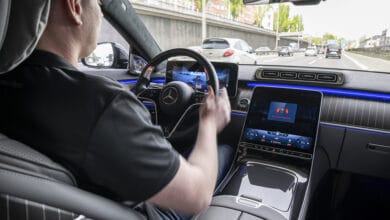



No replies yet
Neue Antworten laden...
Gehört zum Inventar
Beteilige dich an der Diskussion in der Basic Tutorials Community →